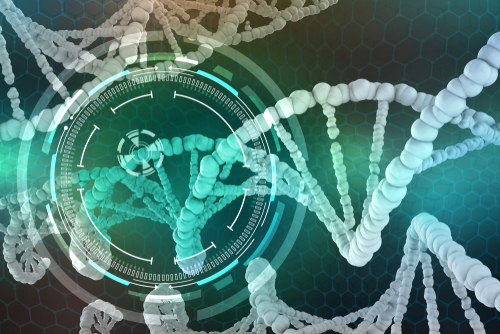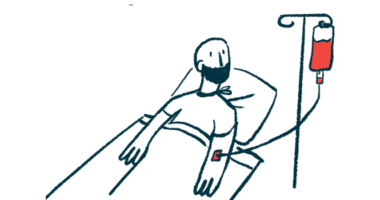Gene-modified Skin Cells Show Promise for RDEB in Phase 1 Trial

An experimental cell therapy where a patient’s own skin cells (fibroblasts) are engineered in the lab to carry a healthy COL7A1 gene and then injected back into the patient is safe and potentially efficacious for treatment of recessive dystrophic epidermolysis bullosa (RDEB), a new study shows.
The study, “Safety and early efficacy outcomes for lentiviral fibroblast gene therapy in recessive dystrophic epidermolysis bullosa,” was published in JCI Insight.
RDEB is one of the most severe forms of inherited skin fragility disease and is characterized by painful blisters and erosions, leading to skin infection and scarring during early adulthood, as well as other complications.
RDEB is caused by mutations in the COL7A1 gene, which provides instructions to make type VII collagen (C7). C7 is the main component of anchoring fibrils, which allow the top layer of the skin (epidermis) to properly adhere to the lower layer (dermis).
Treatment options for RDEB are limited, particularly therapies that correct the underlying C7 deficiency.
Among the strategies under investigation, one that holds the potential to correct the underlying C7 deficiency is a treatment known as ex vivo autologous gene-modified cell therapy using viral vectors.
This treatment involves the use of a patient’s own cells, which are genetically engineered using viral vectors to carry the proper version of the gene. The cells are then injected back into the patient, where they work to rectify the deficiency.
Retroviral vectors, developed using self-inactivating (SIN) viral platforms, have been widely used to correct gene deficiencies. They have been found to be efficacious and safe.
Therefore, investigators conducted a Phase 1 clinical trial (NCT02493816) to evaluate the use of ex vivo autologous gene-modified cell therapy using a skin cell type known as fibroblasts for treatment of RDEB.
Researchers used a self-inactivating lentiviral vector, chosen because it had led to restoration of C7 and the anchoring of fibrils in a mouse model of RDEB.
The clinical trial included four adults with RDEB, who received three into-the-skin injections of their own fibroblasts, genetically engineered to express a healthy COL7A1 gene. Fibroblasts were injected into the left upper arm, where all patients had intact, non-blistered skin. Patients were then assessed for safety and signs of preliminary efficacy over 12 months.
The primary outcome evaluated was safety, including autoimmune reactions against foreign C7. Secondary outcomes included C7 expression, structure of anchoring fibrils, and presence of COL7A1 in the injected skin.
Results indicated that gene-modified fibroblasts were well-tolerated and there were no serious adverse reactions or autoimmune reactions against recombinant C7.
Regarding efficacy, researchers noted a significant increase (ranging from 1.26-fold to 26.10-fold) in C7 expression in the injected skin compared with non-injected skin in three out of the four subjects. This increase in C7 was sustained for up to 12 months in two patients.
“To our knowledge, this is the first human study demonstrating safety and potential efficacy of lentiviral fibroblast gene therapy with the presence of COL7A1 transgene and subsequent C7 restoration in vivo in treated skin at one year after gene therapy,” researchers concluded. “These data provide a rationale for phase II studies for further clinical evaluation.”






